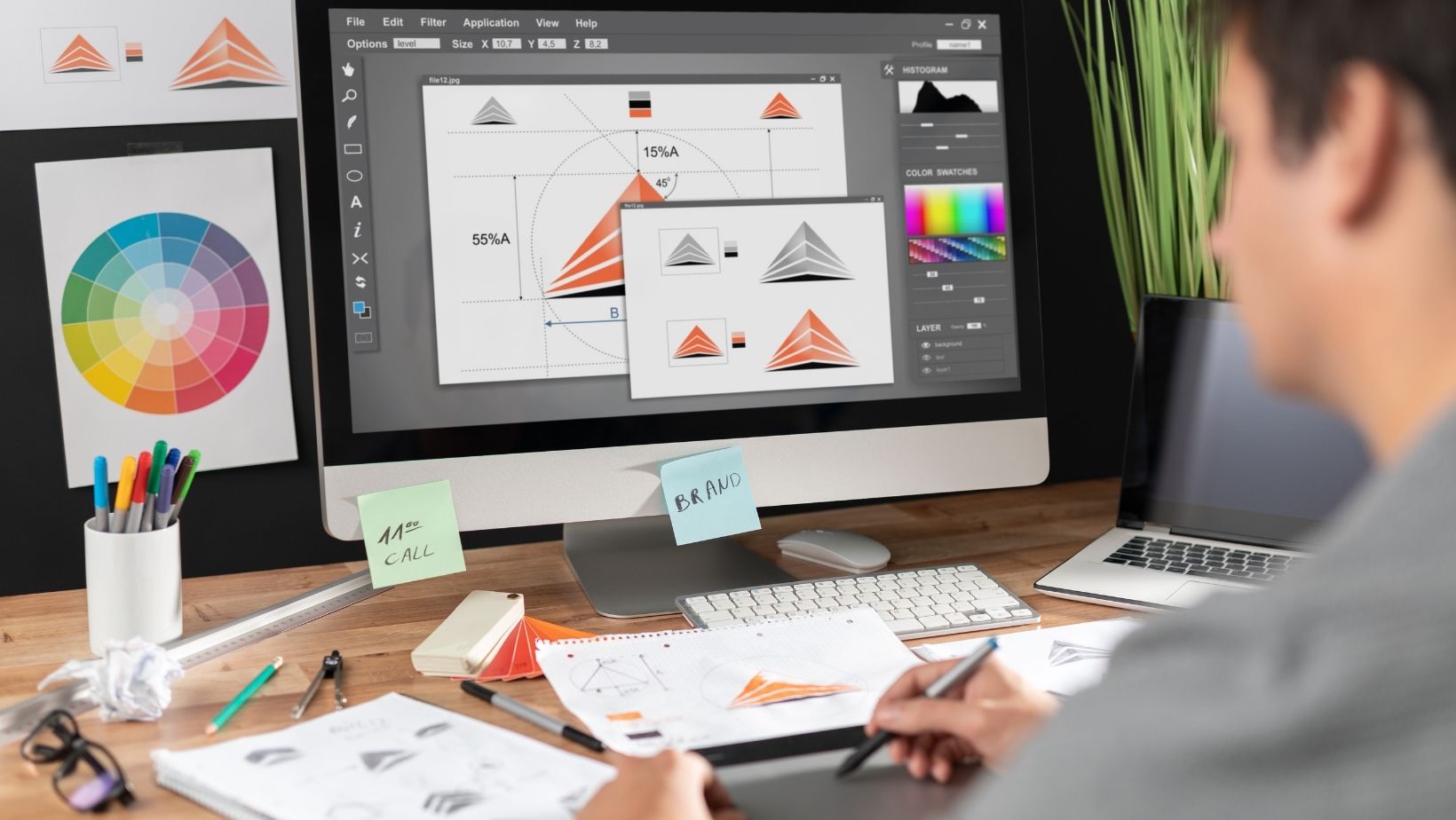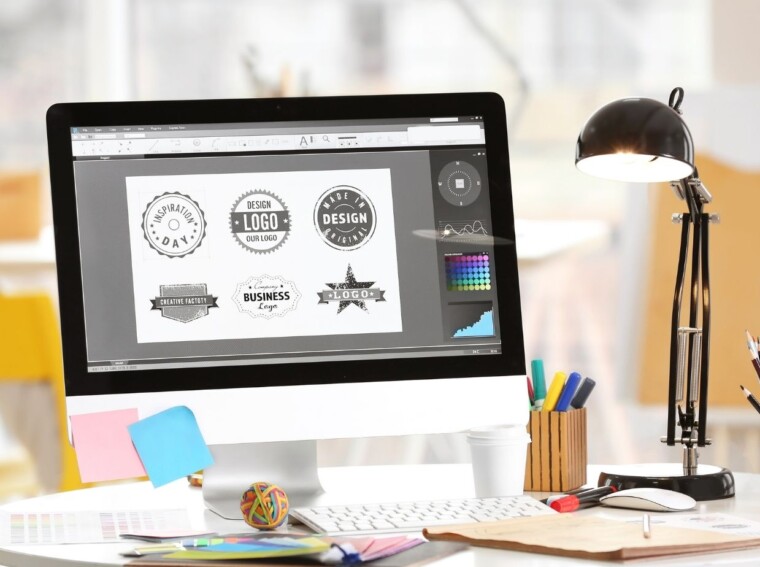The creative environment is experiencing a shift in our senses, challenging the silence of graphic design. Historically, designers used visual elements to represent messages and feelings, but technology is throwing down the walls of sensory concealment. In the field of graphic design, the deployment of AI sound effects leads to an interesting question – can ready-made sonic resources enrich and transform the visual authoring process? Creatives are constantly dealing with the “struggle with what to create, trying to iterate faster, and how to create richer, more complete multisensory experiences,” he said. The tides have turned and thanks to AI it’s possible to both create images and contextually appropriate sound effects which may result in new creative ways of working. This intersection of AI-powered visual and audio generation is set to transform the way in which designers think, produce, and experience their content. This article examines the applications, difficulties, and game-changing power of incorporating AI sound effects into contemporary graphic design processes.
The AI Revolution in Visual Design: Current Landscape
The graphic design field has experienced a revolution with the rise of AI image generation tools. These advanced systems, which leverage deep learning algorithms, are changing designers’ thinking when it comes to the creation process. From quick concept visualization tools to rapid sequences for better design, AI tools will now help you at all stages of the design process. It’s great for generating variations which let the designers explore various ways in one shot, which used to take us hours to iterate manually.
Those in the industry however are increasingly relying on AI to overcome creative blocks and ignite fresh directions. For example, companies like Kling AI have allowed branding agencies to go through over 50 logo designs within an hour, as opposed to the days it would usually take. This is not a hindrance to creativity, but an acceleration of it, freeing designers to concentrate on strategic and sophisticated artistic decisions.
And yet the current visual system has its limitations. The single sensory dimension that they work in sets AI image generators apart, despite some quite impressive capabilities. A project could miss a layer of emotional depth if addressed without sensory involvement. User interaction records suggest that purely visual artifacts, however efficient, may not in fact retain the same level of impactful value as artifacts tapping to more sensory dimensions of the human experience. Failure to bridge this gap in experience design presents a challenge for the evolution of its creative workflows highlighting an opportunity for tools to bridge the gap between visual and sonic creative expression.
AI Sound Effects: Beyond Audio Production

These AI soundscapes are a revolutionary step in audio technology that can generate contextually appropriate sound effects using deep neural networks. These systems (operated by pattern analysis, emotion detection and visuals, respectively) will generate corresponding audio, but are not based on traditional sound generation techniques. But the technology goes much further than simple audio creation, forging new connections between the visual and the auditory creative processes.
Unexpected Inspiration: Sound-to-Image Translation
Work in cognitive neuroscience shows that aspects of what we hear can powerfully affect visual perception and creative thought. Designs created while designers are being exposed to contextually relevant sounds tend to show higher depth and emotional character. This may be related to the crosstalk between the brain’s visual and auditory processing centers, which means it could make you better at making loose associations. Novel prototype tools exploit this link by extracting sound wave forms, frequency content signatures and time profile characteristics to generate the associated visuals. For example, pattern rhythms can be used to determine the layout structure, frequency bands can inform the color palette etc. Tools that establish a two-way highway from sound to image, giving designers new levels of creative freedom to overcome creative blocks and find novel visual solutions. This ability to translate sound into image opens up tremendous possibilities for trusting more intuitive and emotional graphic design.
Multisensory Workflow Integration: Practical Solutions
Phase 1: Audio-Visual Alignment Strategy
A precise correlation between visual and acoustic characteristics is the fundament of good ML design. Designers can start by decomposing their images by their general features (color temperature, composition density, motion dynamics). Currently, state-of-the-art AI-based approaches provide automatic analysis of these visual attributes and result in appropriate audio parameters. For example, warmer hues could map to higher frequency sounds, and cooler tones to lower ones. Spatial layout can guide to sound positionality and stereo.
Phase 2: Implementing Multi-Image Input Systems
The system gets even more complex if it needs to process many images at the same time. AI platforms today offer batch mode using drag-and-drop ease of use. Artists can import the whole image collection at once with consistent audio-visual relationships. The system interprets visual patterns throughout the collection, composing harmonized soundscapes that develop along with the visual story. This is a fiddly process where good file organization and metadata tagging is essential to ensure accurate matching.
Phase 3: Feedback-Driven Iteration Cycle
Achieving success in multi-sensory design requires an iterative process of structured feedback. Designers must define clear criteria with emphasis on emotional impact, brand fit, and user appeal. Testing at regular intervals with the TGs validate AV combination. By historiating the feedback AI systems are able to automatically reconfigure sound parameters and try to better approximate design ambitions. The cycle of iteration generally consists of tweaking elements of strength, timing, and emotional affect in the sound until an optimal balance with the image is reached. This systematic process allows the creation of a unique multisensory experience for every project, while leaving the creative workflow efficient.
Transforming Design Outcomes: Case Applications
Prudent motion graphics studios are exploring new creative opportunities via the integration of AI sounds. While in the past, AI-generated audio cues would have been unimaginable, today, they’re being used by top animation studios to add auditory value to visual transitions and to make stories more immersive. Based on location/color, these interactive sound elements react intelligently to movement and compositional changes, giving a voice to pieces that would otherwise be silent. In brand identity design, next-generation design firms are creating unique sonic logos to go with visual logos. Sound marks created by AI self-optimize for use in various applications, yet provide the same emotional relevance as visual marks.
Interactive design prototypes have been greatly influenced by audio-visual feedback systems. UI designers claim better engagement numbers when adding AI-generated micro-interaction sounds that react to your actions. This emerging technology is particularly powerful for the data visualization projects, the new depth of interpretation being added by sonification to complex datasets. For instance, we today provide dynamic, evolving soundscapes for visual representations of market trends that carry the market patterns, and anomalies, as background sound variations, to be accessible to different audience groups. These use cases illustrate how AI-powered SFX can revitalize static design elements as dynamic experiences, enabling stronger content connection with audiences, without sacrificing any precious workflow time.
The Future of Multisensory Design
The introduction of sound effects from AI into graphic design workflows is more than just the next step for technology – it’s a radical change in the way we think about making sound. AI is bringing designers closer to a moment where the visual and audio realms are virtually indistinguishable from each other, making it possible to design for more visceral, emotional experiences. Integration of AI-generated image and sound technologies has shown great promise in helping to break new ground creatively, speed up production schedules and provide deeper multisensory experiences. The technology is still maturing and we’re seeing a shift towards a new paradigm in which design goes beyond the visual thinking to include the whole sensory spectrum and beyond. The motion graphics studios, branding agencies, and interactive design teams’ success stories serve as proof positive of AI sound effects’ transformative influence. For graphic designers eager to explore new creative territory, this breakthrough in AI-generated soundscapes presents an appealing opportunity to transform their creative processes and build more immersive experiences for their customers. The graphic design of the future is this intersection of visual and auditory innovation, and it is set to yield more advanced tools and creative possibilities.
